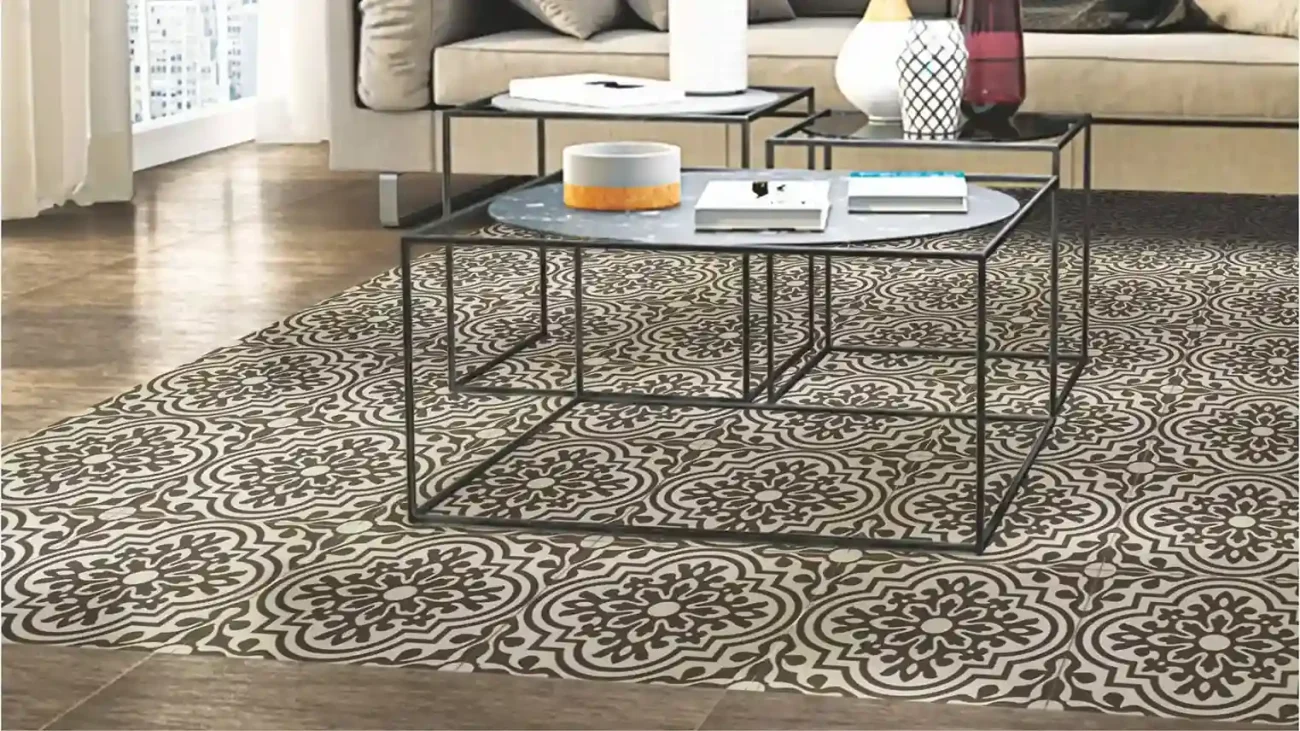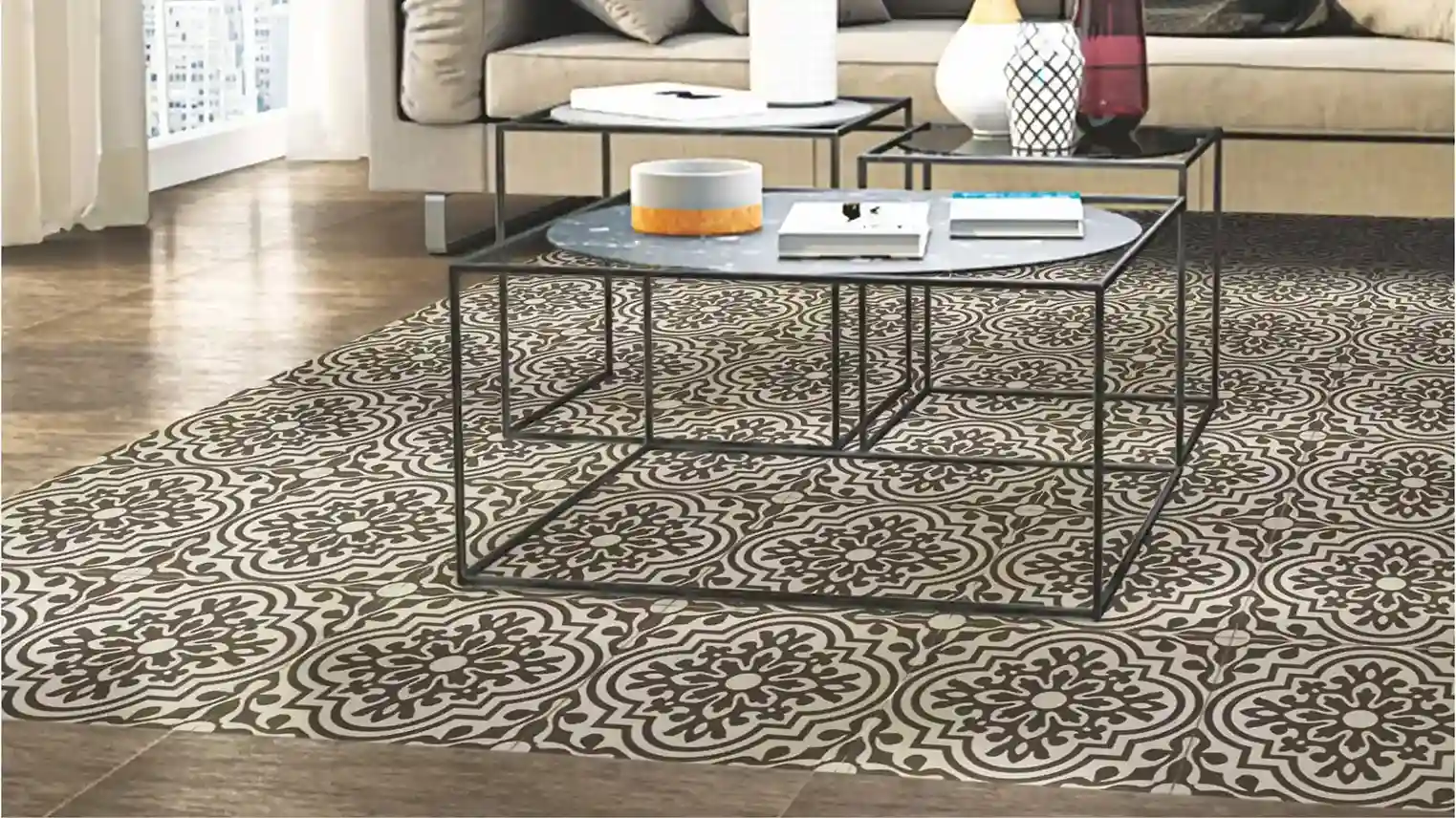When it comes to floor décor, few design elements, such as Moroccan Tiles, offer the same level of timeless elegance and sophistication as any other variant. These tiles are not just about beauty; they carry centuries of history, craftsmanship, and cultural significance. Known for their vibrant colors, intricate patterns, and luxurious finish, Moroccan tiles have been gracing the floors of palaces, mosques, and modern homes alike.
But where did this tradition start? How have these tiles evolved from ancient craftsmanship into a modern design trend? And what makes them such a popular choice for enhancing floor décor today? Let’s dive into the fascinating history of Moroccan tiles and explore how they’re transforming floors worldwide.
The Origins of Moroccan Tiles: A Rich History in Craftsmanship
The history of Moroccan tiles, specifically zellige tiles, can be traced back to the Moorish period in the 8th century, when the Moors brought their rich craftsmanship to Morocco. Over the centuries, the use of tiles spread across North Africa, with Morocco becoming a center of tile-making due to its strategic location and cultural exchange with other regions.
The art of creating Moroccan tiles involves a meticulous process of cutting, shaping, and gluing small pieces of ceramic into intricate designs. Traditionally, the tiles were made from clay that was shaped by hand and then fired to create a durable yet beautiful product. This process allowed for an array of designs, with geometric and floral patterns becoming iconic in Moroccan tilework.
The matte finish that has become so popular in modern interiors was a more recent addition, designed to enhance the vibrancy of the tiles and give them an extra touch of luxury. The shiny surface adds depth and brilliance to the intricate patterns, making them ideal for floors where the matte finish can truly add elegance.
Why Moroccan Tiles Are Perfect for Floor Décor
Regarding flooring, Moroccan Tiles offer several advantages that make them the ideal choice for both traditional and modern homes. Let’s take a closer look at why these tiles are taking floor décor to the next level:
1. Timeless Aesthetic Appeal
One of the main reasons why Moroccan Tiles have become a sought-after flooring option is their timeless beauty. The rich colors and intricate patterns have a classic appeal that never goes out of style. Whether used in a traditional or contemporary space, Moroccan tiles can elevate any room with their vibrant and sophisticated look.
The matte finish enhances the colors, making them even more eye-catching and dynamic. The light gets absorbed and glorifies the colors, creating a beautiful play of light and shadow that adds depth to any space. This makes them perfect for floors, where they can become a central feature of your home’s design.
2. Durability and Easy Maintenance
While Moroccan tiles are known for their beauty, they are also highly functional. The matte finish adds an extra skid protection to the tiles, making them resistant to slipping and eye soothing. Floors are high-traffic areas, and Matte Tiles are designed to withstand the wear and tear of daily life. Their durability ensures that they can last for decades, maintaining their vibrant appearance over time.
Cleaning is a breeze with these tiles. The smooth yet matte surface doesn’t trap dirt and grime like porous tiles, making it easier to maintain a polished look with minimal effort.
3. Versatility in Design
Another key reason for the growing popularity of Moroccan tiles in floor décor is their versatility. The tiles come in a wide range of designs, from traditional geometric patterns to more contemporary styles that incorporate floral motifs and abstract shapes. You can use Moroccan tiles to create bold patterns, intricate mosaics, or even simple, elegant designs that allow the beauty of the tiles to shine through.
These tiles work well in a variety of spaces, from kitchens and bathrooms to living rooms and entryways. They are particularly effective in areas where you want to create a striking focal point or a visual impact. Moroccan Tiles are also ideal for creating contrast in a room, whether that’s using dark tiles for a dramatic effect or lighter tones to brighten a space.
4. Enhancing the Space with Color and Texture
Moroccan Tiles are often available in rich, vibrant colors such as deep blues, greens, and reds. These bold hues can add personality and warmth to any room, making the floors feel more inviting and dynamic. Whether you want to create a calming retreat with cool blues or add a touch of excitement with vibrant reds, there’s a Moroccan tile for every style.
The textured surface of the tiles, combined with their matte finish, creates a multi-dimensional effect that adds interest and depth to the floor. This tactile quality also makes the tiles more engaging, as the intricate designs beg to be admired up close.

Where to Use Moroccan Tiles in Your Home
Moroccan tiles can transform any room in your home, bringing a luxurious and unique touch to your décor. Here are some ideas for incorporating these tiles into your floor décor:
1. Kitchens
The kitchen is a space where Moroccan Tiles can truly shine. Whether used as a backsplash or as a flooring element, these tiles will add color and personality to an otherwise functional area. Their easy-to-clean surface makes them perfect for high-traffic spaces like the kitchen, where spills and messes are common.
2. Bathrooms
Moroccan tiles are a popular choice for bathroom floors because they are both durable and water-resistant. The matte finish adds a touch of luxury, making your bathroom feel like a spa retreat. Create an elegant and calming environment with soft blue and green hues, or opt for bold patterns for a more dramatic effect.
3. Living Rooms and Entryways
The Moroccan tile floor makes a striking statement in living rooms and entryways. These high-traffic areas benefit from the tiles’ durability, while the reflective finish adds brightness and warmth. Whether used in a small hallway or as the centerpiece of a large living room, these provide the perfect balance of functionality and style.
4. Patios and Outdoor Spaces
With their durability and timeless appeal, Moroccan tiles are also perfect for outdoor spaces like patios, courtyards, and garden paths. The finish will absorb natural light, creating a beautiful contrast with the greenery and enhancing the outdoor ambiance.
Conclusion
From their rich cultural heritage to their ability to transform modern spaces, Moroccan tiles are more than just a flooring option—they’re a way to bring art, history, and beauty into your home. Their durability, versatility, and timeless aesthetic make them a perfect choice for any room, from kitchens and bathrooms to living rooms and outdoor spaces.At Ceramic Fashion Studio, we specialize in creating high-quality Moroccan tiles that bring both elegance and functionality to your floors. Whether you’re looking for a bold statement piece or a subtle design element, our Moroccan Tiles are sure to add a classic touch to your home’s décor. Contact us today to explore our collection and bring a piece of history into your living space.

